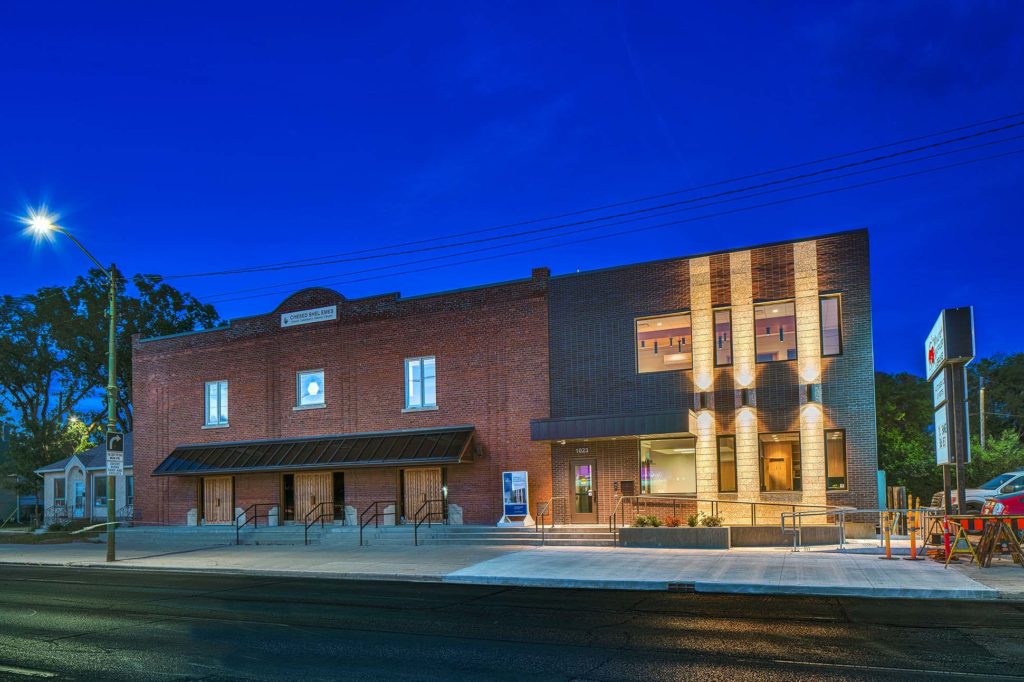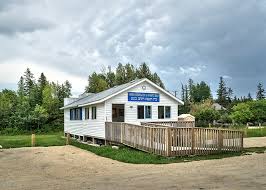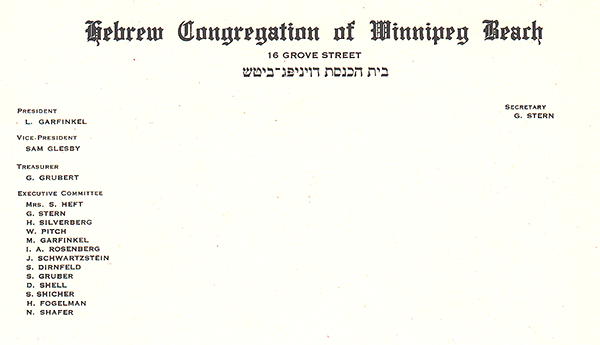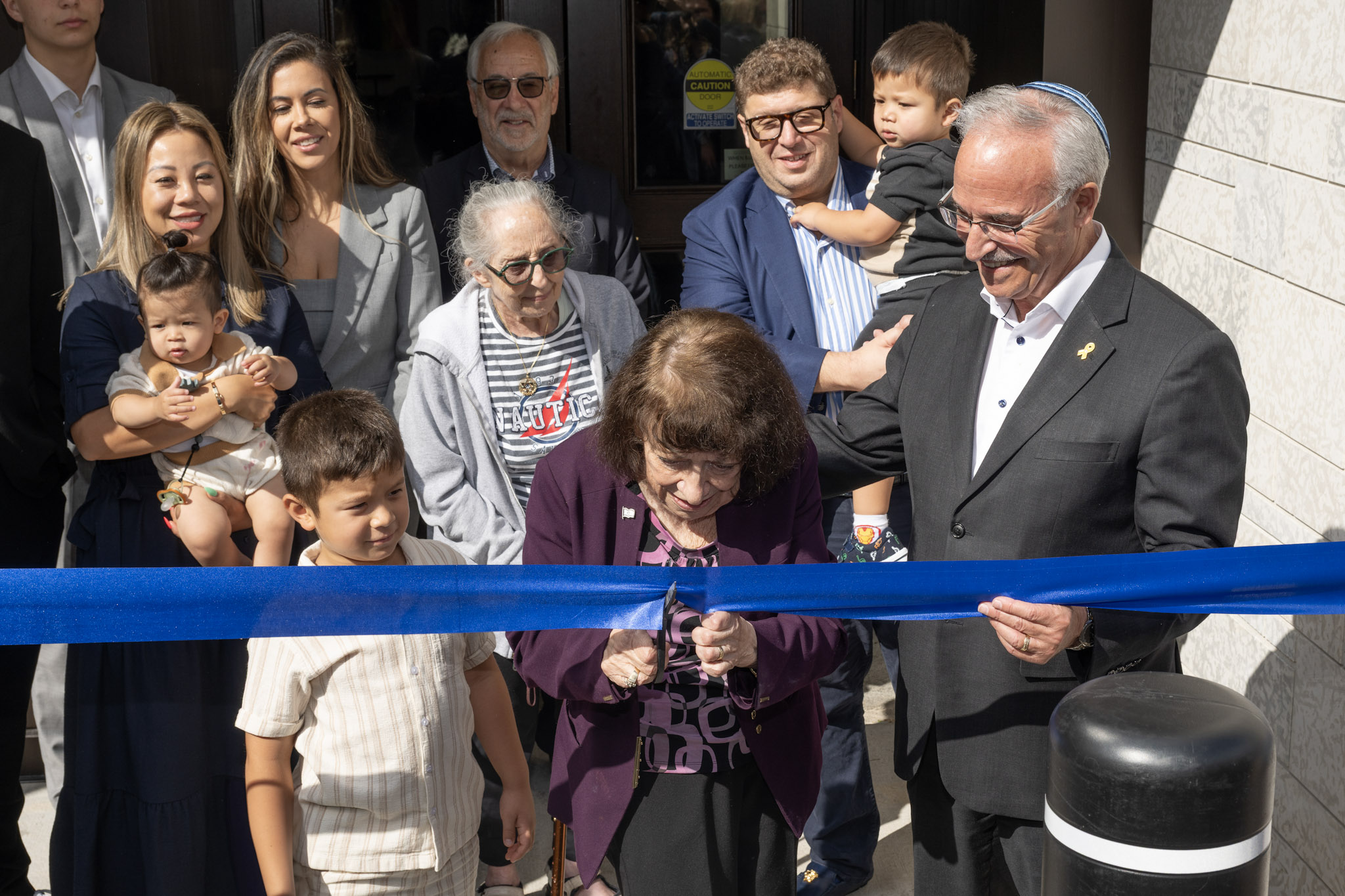Local News
BB Camp undertakes fundraising campaign to raise $2.85 million by August 2022 to buy back part of Town Island from City of Kenora on behalf of the Nature Conservancy of Canada

Introduction: Readers may recall past reports in this paper about the precarious situation existing with regard to Town Island – home of BB Camp.
While we reported in early 2020 that the City of Kenora had agreed to sell the part of the island that does not already belong to BB Camp to an organization known as the Nature Conservancy of Canada, there is now a deadline for the Nature Conservancy to come up with $2.85 million by August next year or else Kenora will once again look for private developers to buy either all or parts of the island.
As a result the Nature Conservancy has turned to BB Camp for help in raising the necessary funds. Following is part of a communication received from BB Camp which outlines the situation:
BB Camp has called Town Island home since 1954. The Island and BB Camp’s use have been threatened on several occasions over the past few decades. The City of Kenora has finally agreed to sell the “back side” of Town Island to the Nature Conservancy of Canada (“NCC”). BB Camp is partnering with the NCC to help raise the funds for the purchase. We are reaching out to you to ask for your financial support in our efforts.
Background and History of Town Island
Over the last six decades, BB Camp has been fortunate to use this beautiful property.
Historically, BB Camp leased Town Island from the City of Kenora and the land’s primary use arrangement continued until the mid-2000s. Since that time, this arrangement has been threatened with potentially negative consequences for BB Camp. The proposed partnership with the NCC provides a unique opportunity to protect Town Island in perpetuity for the continued use of BB Camp and its campers.
In 2008, the City of Kenora proposed a potential development plan to subdivide the approximately 200 acres on Town Island into cottage properties or other developments. In 2014, through the efforts of the BB Camp Board of Directors and countless friends of the Camp, the Camp was able to secure and purchase our footprint on the Island (approximately 30 acres) while the remaining 200 acres of the Island would become Crown-owned land as the proceeds of a land swap program with the Province of Ontario, allowing BB Camp to continue operations as we had been for almost 60 years.
In the fall of 2019, the City of Kenora was once again looking to use the approximately 200 acres of undeveloped land to generate revenue for the City. Though our main campsite will remain unharmed as of the 2008 purchase, the remaining land, including the nine camping areas on the “back side” of the Island, which are instrumental to our program and history, were being considered to be sold and redeveloped as cottage properties. These nine camp sites populate the Northern, Southern, and Eastern shores of Town Island and are as vital to the Camp program as the main site. Our 9-year-old campers hike to one of these sites to sleep in a tent for the first time, and our 15-year old campers paddle back to spend their final night of a four-week canoe trip on Town Island. Every camper who attends BB Camp will spend at least one night at one of these nine sites as they experience the feeling of living remotely in the backcountry while knowing that our beloved Camp is only a short hike or paddle away.
In the early months of 2020, the hard work and tireless efforts of the Friends of Town Island, an advocacy group made up of concerned and committed cottagers, and camp alumni (from both BB Camp, and our neighbours at YMCA’s Camp Stephens), resulted in a deal struck between the City of Kenora and the NCC for the NCC to purchase the land from the City. The NCC is Canada’s largest environmental NGO with a main mission to conserve and protect natural lands by their purchase or by the establishment of conservation easements.
Purchase of Town Island
The agreement between the City of Kenora and the NCC is contingent on the NCC raising the $2.85m required for the purchase and associated administrative costs, which include funds for long-term maintenance of the property and payment of property taxes. These funds are required before August 2022 or the lands revert back to the City of Kenora. It is unlikely that the agreement can be completed without the support and assistance of BB Camp, especially in this case given the short timelines. The NCC and BB Camp are entering into a memorandum of understanding to confirm the mutual commitment and intent to work together to raise funds and protect BB Camp’s access to the Island. In the event the purchase from the City of Kenora is not completed, the NCC will return any and all donations made as part of this fundraising effort.
The successful purchase of the Town Island property will allow us to maintain and expand our current programs, allowing us to offer the community Jewish wilderness programming, which we believe is programming of the highest value. Because BB Camp relies on Town Island more than any other user group, we also feel that it is important for our supporters to lead in this fundraising effort. In addition, our core values of Tikkun Olam and Shomrei Adamah are aligned with the NCC’s values, and our collaboration shows our campers, staff, and community how vital environmental conservation work is to the survival of our Camp that continues to be an important fixture in Jewish lives.
Your Support
We have launched a fundraising campaign to support the NCC’s efforts in purchasing the Island this summer and ask that you consider making a contribution to BB Camp with an understanding that the funds will be directed to the NCC’s efforts to secure Town Island. Our commitment will send a message to other potential donors of the importance of Town Island to BB Camp and will greatly assist in securing the required funds for this purchase. We are grateful to our Camp community for the continued support over the years and feel this is a unique opportunity to demonstrate the importance of environmental stewardship, a commitment to core Jewish values, and experiential learning for our community’s youth.
Please visit https://www.bbcamp.ca/townisland to pledge your support and donate to this important campaign. All donations over $18.00 will be issued a tax receipt.
We would be happy to answer any questions you may have and we are available to set up personalized meetings with one or both of the co-chairs of this campaign. We sincerely thank you for your consideration.
Anita Wortzman and Leah Leibl
BB Camp Co-chairs,
Town Island Campaign Committee
Local News
Thank you to the community from the Chesed Shel Emes

We’re delighted to share a major milestone in our Capital Campaign, “Building on our Tradition.” Launched in November 2018, this campaign aimed to replace our outdated facility with a modern space tailored to our unique needs. Our new building is designed with ritual at its core, featuring ample preparation space, Shomer space, and storage, creating a warm and welcoming environment for our community during times of need.
We’re grateful to the nearly 1,000 generous donors who contributed over $4 million towards our new facility. A $750,000 mortgage will be retired in November 2025, completing this monumental project in just seven years.
We’re also thrilled to announce that our Chesed Shel Emes Endowment Fund has grown tenfold, from $15,000 to $150,000, thanks to you, the Jewish Foundation of Manitoba’s FundMatch program, and Million Dollar Match initiative in 2024. Our fund helps ensure that everyone can have a dignified Jewish funeral regardless of financial need.
As we look to the future, our goal remains to ensure the Chevra Kadisha continues to serve our community for generations to come. Our focus now shifts to replenishing our savings account and growing our JFM Endowment fund.
We’re deeply grateful for your support over the past several years.
It’s our privilege to serve our community with care and compassion.
With sincere appreciation,
Campaign cabinet: Hillel Kravetsky, Gerry Pritchard, Stuart Pudavick,
Jack Solomon, and Rena Boroditsky
Murray S. Greenfield, President
Local News
Winnipeg Beach Synagogue about to celebrate 75th anniversary

By BERNIE BELLAN (July 13) In 1950 a group of cottage owners at Winnipeg Beach took it upon themselves to relocate a one-room schoolhouse that was in the Beausejour area to Winnipeg Beach where it became the beach synagogue at the corner of Hazel and Grove.
There it stayed until 1998 when it was moved to its current location at Camp Massad.
On August 2nd members of the synagogue will be holding a 75th anniversary celebration.

As part of the celebration anyone who is a descendant or relative of any of the original members of the first executive committee (as seen in the photo here) is invited to attend the synagogue that morning.
If you are a relative please contact Abe Borzykowski at wpgbeachshule@shaw.ca or aborzykowski@shaw.ca to let Abe know you might be attending or for more information about the 75th anniversary celebration.
We will soon be publishing a story about the history of the beach synagogue, which is something I’ve been writing about for over 25 years.
Local News
Vickar Family cuts ribbon on new Tova Vickar and Family Childcare Centre

By MYRON LOVE In the words of Larry Vickar, the Shaarey Zedek’s successful Dor V’ Dor Campaign “is not only a renewal of the synagogue but truly a renewal movement of Jewish life in our community.”An integral part of that renewal movement was the creation of a daycare centre within the expanded synagogue. On Monday, June 23, Larry and Tova Vickar cut the ribbon, thereby officially opening the Tova Vickar and Family Childcare Centre in the presence of 100 of their family members, friends and other supporters of the project.
The short program preceding the morning ribbon-cutting began with a continental breakfast followed by a welcome by both Fanny Levy, Shaarey Zedek’s Board President, and Executive Director Dr. Rena Secter Elbaze. In Elbaze’s remarks, she noted that Larry and Tova wanted their family (including son Stephen and family, who flew in from Florida) and friends at the event to celebrate the opening of the Tova Vickar and Family Childcare Centre, “not because of the accolades, but because, as Larry put it, he hopes that their investment in the congregation will inspire others to do the same.”
“When Larry and I spoke about what this gift meant to him and the message he wanted people to take away,” she continued, “I couldn’t help but connect it to the teachings of Reb Zalman Schachter-Shalomi whose book – Age-ing to Sage-ing – changes the whole way we look at the concept of ageing and basing it on our ancestral teachings.”
She explained that his concept of “Sage-ing” is based on three key ideas – Discover your meaning and purpose; accept our mortality and think about the legacy you want to leave.
“Larry spoke about these exact concepts when we met,” she said.
Elbaze also noted the presence of Shaarey Zedek’s newly-arrived senior Rabbi Carnie Rose, former Rabbi Alan Green, and area MLAs Mike Moroz and Carla Compton.
Larry Vickar expressed his great appreciation for all those in attendance. “Tova and I are deeply moved to stand here with you today for this important milestone in our community”, he said. “We are grateful to be surrounded by all of you, the people we care about, our family and friends… you who have touched our lives and played some part in our journey.”
